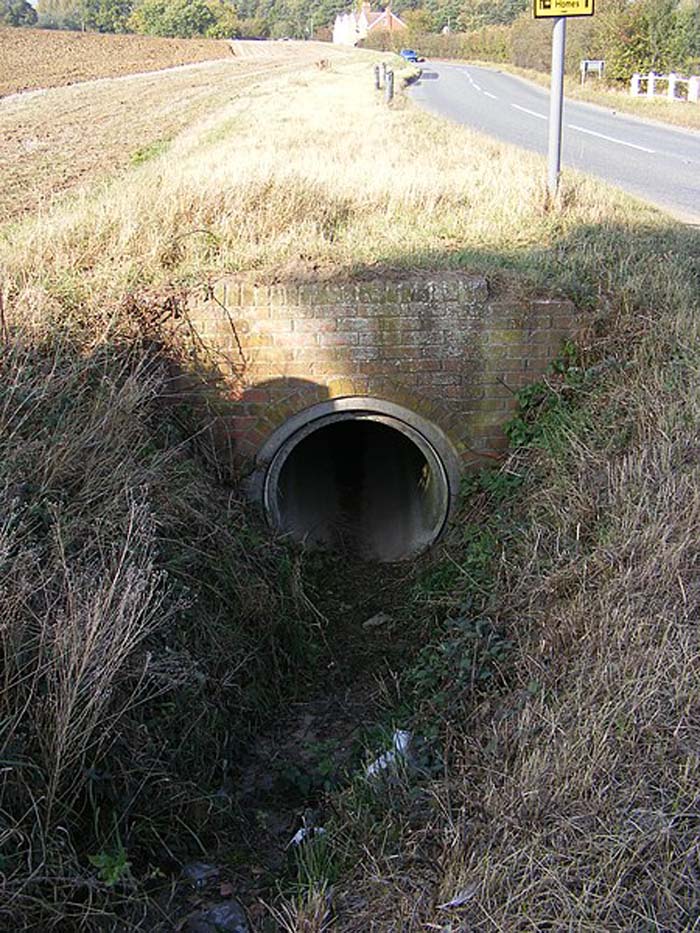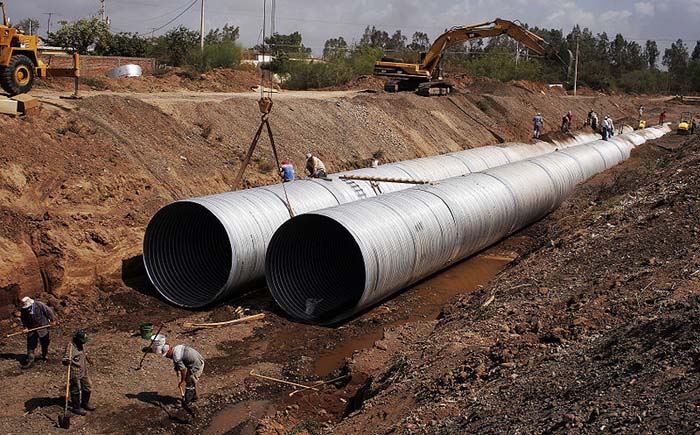
Digging a trench for drainage pipe is a fundamental aspect of many construction projects, particularly in areas where effective water management is crucial. Essentially, it involves excavating a narrow, elongated channel in the ground to accommodate the installation of pipes designed to redirect water away from certain areas, preventing flooding, erosion, and water damage.
The process typically begins with careful planning and surveying to determine the optimal trench route, taking into account factors such as terrain, soil type, and the desired gradient for efficient water flow. Once the route is established, the actual digging begins, often using heavy machinery like excavators or trenchers, although manual digging may be necessary in certain circumstances.
During excavation, it’s important to ensure the trench is dug to the correct depth and width, allowing enough space for the drainage pipes to be laid and properly backfilled without risk of collapse or damage. Additionally, we must pay attention to any existing utilities or structures to prevent interference or damage during the digging process.
After the trench is dug to the required specifications, the drainage pipes are installed and connected according to the project design. Proper alignment and slope are critical to maintaining effective water flow within the system. Once the pipes are in place, backfill the trench with soil, compact it to secure the pipes, and restore the ground surface to its original level.
Here’s how to dig a trench for a drainage pipe in your backyard
Digging a trench for drainage pipe requires careful planning and execution to ensure effective drainage and prevent future issues. Here’s a step-by-step guide:
- Plan the route
Determine the best route for the drainage pipe. Consider your yard’s slope and the direction of water flow. The trench should follow a downhill slope to ensure proper drainage.
- Check local regulations
Before digging, check with local authorities or utility companies to ensure underground utilities or cables are not in your trench’s path.
- Gather materials
You’ll need a shovel or trenching tool, a measuring tape, a level, drainage pipe (usually PVC), gravel or crushed stone, and fittings such as elbows and connectors.
- Mark the trench
Use marking paint, stakes, and string to mark the trench’s path.
- Start digging
Begin digging the trench, following your marked path. The trench should be wide enough to accommodate the drainage pipe and allow for proper backfilling. Typically, a width of 6–12 inches and a depth of 18–24 inches is sufficient, but this can vary depending on the drainage needs.
- Maintain slope:
As you dig, ensure the trench maintains a consistent downhill slope to facilitate water flow. A slope of at least 1/8 inch per foot is recommended.
- Install pipe
After digging the trench, place the drainage pipe along its bottom. Use fittings as needed to navigate around obstacles or change direction. Ensure the trench and the pipe have the same gradient.
- Backfill with gravel
After laying the pipe, fill the trench with gravel or crushed stone to provide proper drainage around the pipe. This also helps to prevent soil erosion.
- Cover with soil
Once the gravel is in place, backfill the trench with soil, packing it down firmly as you go to prevent settling.
- Test the drainage
After backfilling the trench, test the drainage system by adding water or letting the water flow naturally. Make any necessary adjustments to ensure proper drainage.
- Secure and protect:
Secure the drainage pipe in place using stakes or straps, as needed. Before backfilling, consider adding a layer of landscape fabric over the trench to prevent soil and debris from clogging the pipe.
- Finalize
Finally, tidy up the area around the trench and consider landscaping options to integrate the drainage system seamlessly into your backyard.
How deep should drainage pipes be buried?
Local building codes, soil type, climate conditions, and the drainage system’s purpose influence how deep drainage pipes are buried. However, a common guideline recommends burying drainage pipes at least 12 inches (30 centimeters) below the surface to safeguard them against damage from freezing temperatures, vehicle traffic, and other external factors. In colder climates, it may be necessary to bury pipes deeper to prevent freezing. It’s always best to consult local building codes and regulations to ensure proper installation.
 The minimum slope for a trench drain
The minimum slope for a trench drain
The minimum slope required for a trench drain typically depends on several factors, like the drain type, the drain’s intended purpose, and local building codes or regulations. However, a common rule of thumb is maintaining a minimum slope of 0.5% or 1/8 inch per foot (1.0 cm per meter) for effective drainage. This slope helps water and other liquids flow properly toward the outlet or collection point, preventing pooling and facilitating drainage. However, it’s essential to consult relevant standards and guidelines specific to your location and project requirements to determine the minimum slope needed for your trench drain.
Why dig a trench for a drainage pipe in your backyard?
Digging a trench for drainage pipes in your backyard can be essential for several reasons:
- Minimizing Mosquito Breeding
Stagnant water in your yard can become a breeding ground for mosquitoes, increasing the risk of disease transmission. Effective drainage helps to eliminate standing water, reducing the mosquito population.
- Preventing Flooding
A well-designed drainage system can prevent flooding by redirecting water away from your property, ensuring excess water doesn’t accumulate in low-lying areas.
- Preserving Landscaping
Proper drainage helps to maintain the health and beauty of your landscaping by preventing waterlogging, soil erosion, and the spread of diseases that thrive in wet conditions.
- Protecting Foundations
Excessive moisture around your home’s foundation can lead to structural issues over time. You can divert water away from the foundation by installing drainage pipes, reducing the risk of damage.
- Preventing Soil Erosion
Water runoff can erode soil, washing away nutrients and destabilizing the landscape. A drainage system helps to control the flow of water, reducing erosion and preserving the integrity of your soil.
- Water Management
Proper drainage is crucial to managing excess water from rainfall or irrigation. Without it, your yard could become waterlogged, leading to issues like soil erosion, water damage to structures, or the formation of stagnant pools.
Conclusion
Overall, digging a trench for drainage pipe requires careful planning, precise execution, and following regulatory and safety standards. This is to ensure the drainage system’s effectiveness and longevity. Properly installed, these systems are vital in managing water runoff and protecting infrastructure and property from water-related damage.
